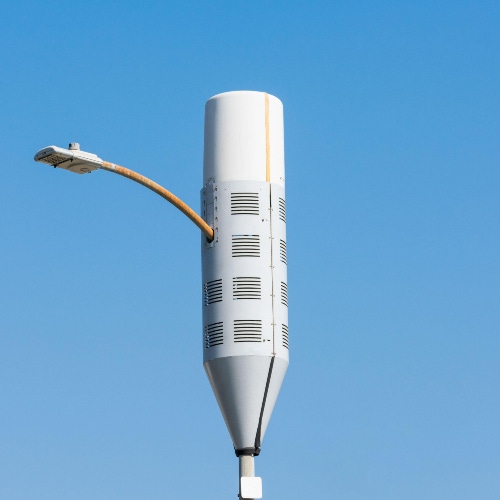BAI Communications said it will purchase ZenFi Networks in a deal that will build on its ownership of Mobilitie, Signal Point Systems and Transit Wireless in the US market for digital infrastructure.

BAI Communications said it will purchase ZenFi Networks in a deal the companies expect to close in the fourth quarter. The financial terms of the transaction were not disclosed, but the deal further underscores the ambitions of BAI to grow into a powerhouse player in the market for neutral host digital infrastructure in the US and globally.
According to the two companies, the purchase of ZenFi will give BAI around 1,100 route miles of fiber across New York and New Jersey, as well as "unique C-RAN solutions and a number of existing customer contracts with enterprise and mobile network operators."
Interestingly, BAI will also get ZenFi's rights to provide mobile equipment across 4,000 LinkNYC kiosks in New York. The LinkNYC kiosks currently provide free Wi-Fi and other digital services to New Yorkers, but the city recently announced a goal to upgrade the sites with 5G.
BAI's purchase of ZenFi builds on its other recent telecom network acquisitions. BAI in 2021 purchased Mobilitie (which owns 220 distributed antenna networks, 10,000 small cells and 300 tower sites across the US) and then subsequently snapped up Signal Point Systems (which has installed more than 300 small cells on US military bases). BAI also has been the longtime majority owner of Transit Wireless, which primarily operates a wireless network in the New York City subway system via a deal with the city's Metropolitan Transportation Authority (MTA). Transit Wireless today operates around 160 miles of fiber to service 283 underground stations on 22 subway lines.
Figure 1:  Small cells could become a key part of the digital infrastructure landscape.
Small cells could become a key part of the digital infrastructure landscape.
(Source: Michael Vi/Alamy Stock Photo)
"Combining ZenFi Networks' established reputation and relationships in and around New York City, and our expertise in fast-growth segments like small cell deployment with the scale and reach that BAI has across North America and globally, creates the perfect platform to capture the increasing 5G and connected infrastructure growth opportunity," said Ray LaChance, ZenFi's co-founder and CEO, in a release.
Verizon executives have recently hinted at a renewed interest in small cells nationwide.
Taken together, BAI's purchases across the US signal the company's ambitions to join the likes of DigitalBridge, Crown Castle and other digital infrastructure operators in the US. Such companies have been working to accumulate ownership in a variety of such infrastructure assets, whether that's standard, macro cell towers, small cells, fiber networks or data centers. As neutral host operators, they then sell access to that infrastructure to cloud computing companies, venue owners, mobile network operators and others.
To be clear, BAI's ambitions stretch far beyond the US. The company owns various digital infrastructure operations in locations in Australia, Canada, Hong Kong, the UK and, most recently, Italy. The Canada Pension Plan Investment Board, known as CPP Investments, owns 86% of BAI, which is based in Australia. BAI grew out of Broadcast Australia, which today owns 752 broadcast TV sites and 400 cell towers in the country.
BAI is clearly in expansion mode. Under the leadership of Igor Leprince, a former Nokia executive, BAI recently won a 20-year contract to build a massive telecom network inside the London subway system. And in the US, New York's MTA recently presented a ten-year, $600 million plan to install cellular equipment across all of the city's subway tunnels.
Related posts:
— Mike Dano, Editorial Director, 5G & Mobile Strategies, Light Reading | @mikeddano
About the Author(s)
You May Also Like










